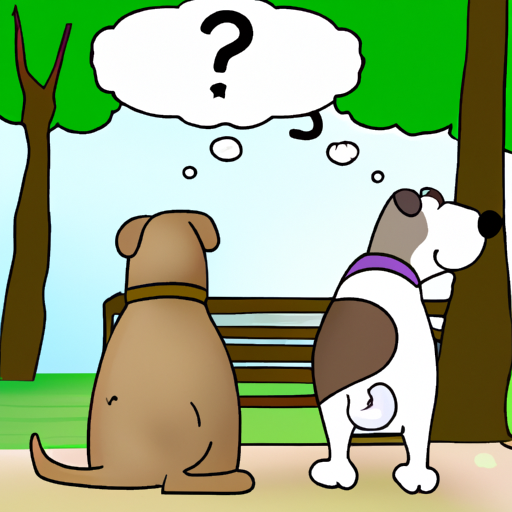Introduction
If you’re a dog owner, you’ve likely experienced the awkward moment when your furry friend goes in for a sniff of another dog’s rear end. It’s a behavior that might seem distasteful to us humans. But for dogs, it’s a completely normal and natural process. Let’s dive into the science behind this behavior.
The Science of Sniffing
Dogs have a specialized organ, known as the Jacobson’s Organ or the vomeronasal organ, located in the nasal cavity. This organ plays a key role in their olfactory communication.
- Chemical Communication: Dogs communicate chemically, and the anal region is a rich source of scents.
- Identity Verification: Dogs can identify each other’s gender, diet, and emotional state through this process.
- Social Hierarchy: The act can also establish social hierarchy.
The Role of Anal Glands
Anal glands play a significant part in this communication process. Each dog has two small glands located on either side of its anus. These glands produce a unique scent that carries plenty of information about the dog. For instance:
- Health Status: A dog’s health status can be determined by the smell of the secretions.
- Age: The age of a dog can also be discerned from the scent.
- Sex and Reproductive Status: A dog’s sex and whether it’s in heat can be identified.
| Anal Glands | Information Conveyed |
|---|---|
| Health Status | Can be determined by the smell |
| Age | Can be discerned from the scent |
| Sex and Reproductive Status | Can be identified |
Cultural Differences
It’s important to note that not all dogs engage in this behavior. Cultural differences exist among dogs just as they do among humans. Some dogs might not find this behavior necessary, while others might consider it a crucial part of their interaction.
The Human Perspective
From a human perspective, the behavior might seem unpleasant. However, it’s essential to understand that dogs perceive the world differently than we do. They rely heavily on their sense of smell, and this behavior is a way for them to gather information about their environment.
Frequently Asked Questions
Q: Why do dogs sniff humans?
A: Just as they gather information about other dogs, they also gather information about humans by sniffing us.
Q: What should I do if my dog is excessively sniffing other dogs?
A: It’s generally not a cause for concern unless it’s leading to aggressive behavior. If that’s the case, consider consulting with a professional dog trainer.
Q: Can I train my dog to stop this behavior?
A: You can train your dog to follow commands like ‘leave it’ or ‘let’s go,’ which can help in situations where the sniffing is inappropriate.
Remember, understanding your dog’s behavior can help you build a stronger relationship with your four-legged friend. It’s their way of communicating and interpreting the world around them. Embrace their quirks and appreciate the unique ways in which they interact with their environment.



